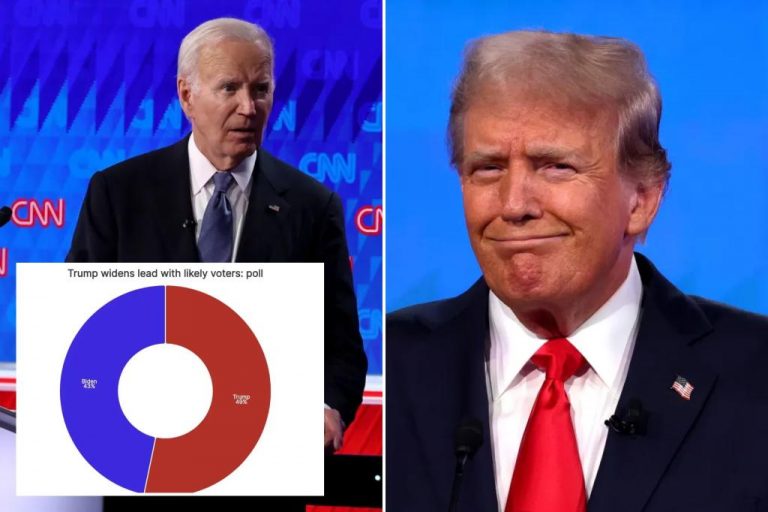Trump’s plan to reduce energy costs versus Harris’ vague intentions
Are you tired of paying high energy bills every month? Well, former President Donald Trump has a plan to cut energy costs and put more money back in your pocket. On the other hand, Vice President Kamala Harris seems to rely on “vibes” rather than concrete proposals. Let’s take a closer look at their approaches to energy policy and how it could affect you.
Trump’s plan focuses on expanding domestic energy production to reduce reliance on foreign sources. By tapping into our country’s vast natural resources, Trump believes that we can lower energy prices and create more jobs in the process. This strategy aligns with his “America First” agenda, prioritizing the needs of American citizens above all else.
One of Trump’s key initiatives is to promote the development of clean coal technology. He argues that coal remains a crucial part of our energy portfolio and should not be phased out in favor of more expensive alternatives. By investing in research and innovation, Trump hopes to make coal cleaner and more efficient, ensuring its viability for years to come.
In addition to coal, Trump advocates for increased oil and gas production, citing the economic benefits of a thriving energy sector. By rolling back regulations and streamlining the permitting process, he aims to boost domestic output and make the United States a global energy powerhouse. This, in turn, would reduce our dependence on unstable regions for oil and gas, enhancing national security.
On the other hand, Kamala Harris’s energy strategy seems less defined, relying on vague notions of “vibes” and intuition. While she has expressed support for renewable energy sources like wind and solar, Harris has not offered a detailed plan for how she would transition the country to a cleaner energy future.
Some critics argue that Harris’s approach lacks substance and fails to address the practical challenges of reducing carbon emissions while maintaining affordable energy prices. Without clear policies and objectives, they fear that Harris’s energy agenda may fall short of its intended goals.
As consumers, the choice between Trump’s pragmatic energy plan and Harris’s more nebulous approach could have significant implications for our wallets. Lower energy costs would leave more money in our pockets, making it easier to meet daily expenses and save for the future. On the other hand, uncertainty and indecision in energy policy could lead to price volatility and market instability, impacting our overall financial well-being.
Ultimately, the decision on which energy strategy to support will depend on each individual’s priorities and values. Whether you prioritize economic growth and energy security or environmental sustainability and innovation, the outcome of this debate will shape the future of our energy landscape for years to come.
So, as we consider the competing visions of Trump and Harris for America’s energy future, let’s keep in mind the tangible impact these policies could have on our lives. By staying informed and engaged in the conversation, we can help shape a brighter and more prosperous tomorrow for ourselves and future generations.








